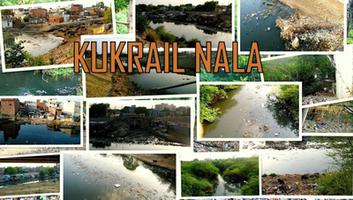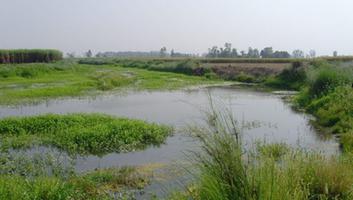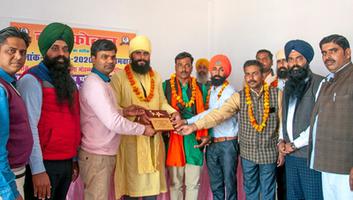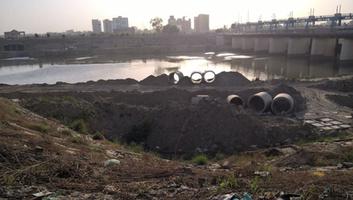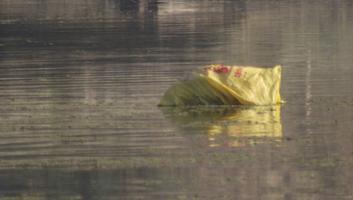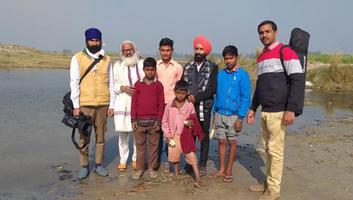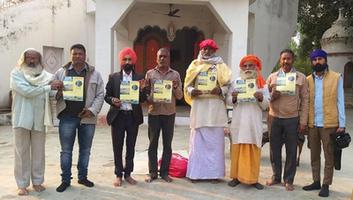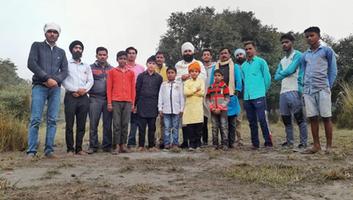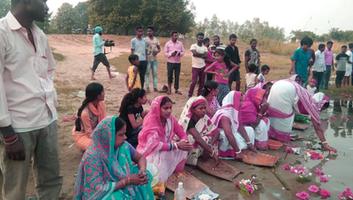Gomti Nadi Update - Study on performance evaluation of STPs in Lucknow and Issues of wastewater sustainability
- By
- Venkatesh Dutta
- October-14-2018
Sustainable water and Sanitation : Best management
practices - "Potential and Challenges"

Around 85% of the land area of Lucknow City is
situated on the Central Ganga alluvial plain and stretches across both banks of
the Gomti River.
1. Gomti River flows from NW to SE through the
heart of the city.
2. Cis-Gomti side are comparatively lower than the
areas on Trans-Gomti side.
3. 26 drains join the river, 14 drains from
cis-Gomti and 12 drains from trans-Gomti side.
4. Out of 14 cis-Gomti side drains, 12 drains are
located in the upstream and 2 are located into downstream of Barrage.
5. All of the 12 Trans-Gomti drains merge into
river Gomti in the upstream of Barrage.
Gross available water supply of about 490 MLD - of which around 240 MLD is derived from up to 500 tube wells and 250 MLD from river Gomti.

Private
groundwater use
There is no inventory or systematic assessment of
the scale of private residential groundwater use -
It has been estimated that around 1500 tube wells
are in operational across Lucknow District by commercial, industrial and
institutional water users (although only a few extract more than 10 MLD).
Wastewater
generation
1. The combined discharge of the 26 drains was
estimated for the year 2004 as 390 MLD
2. Currently it is estimated to be in the range of
425 - 450 MLD.
3. This does not include areas which are not
connected by sewerage systems.
Approach
in the past
1. 1930s – 1980s: collect the sullage / sewage
through branch and trunk sewers and carry it through pumping mains to a sewage
farm outskirts of Trans-Gomti Area in D/S of the town.
2. Sewage farm has been converted into housing
colonies (Gomti Nagar).
2001 - 2010: 1:10
• The river is hardly able to dilute the incoming sewage/sullage of the city by 10 times resulting in a steep rise in bacterial count (about 2.5 x 107/ 100 ml against the maximum prescribed limits of 5000 counts per 100 ml). 25000000.








Sewerage
Districts
The overall sewerage scheme consists of 4 separate
Sewerage Districts each with its own (planned) treatment plant:
1. District : Chowk, Hardoi Road, Cambell
Road and Dubagga etc. area conveying sewage to existing Daulatganj STP.
2. District II : Amausi area and Sarojini
Nagar area conveying sewage to proposed Khwajapur STP.
3. District III : Total Trans-Gomti side
including Indira Nagar, Gomti Nagar and Sitapur road areas conveying sewage to
Bharwara STP which is sanctioned under Gomti Action Plan Phase-Il and in process
of construction.
4. District IV : Cis Gomti side conveying sewage to proposed Mastemau STP.





Some issues...

Location
of the barrage
The Gomti barrage constructed at downstream end of the town impounds most of the sewage entering the river. This also stops the river from flowing.


1. No feasible mechanism of stopping wastes going
to the drains.
2. A lot of silt and debris go into the sewer system which is detrimental to its life and proper function.





Treated wastewater from Bharwara STP is disposed
into river Gomti. It can be disposed into Indira canal for Irrigation.
Large quantities of storm water causes flooding and hydraulic overloads at treatment plants.


• The total project cost for the overall projects
is estimated at Rs. 2054.63 crore with the bulk of investments proposed in
Phase 2 of the JNNURM.
• There is a provision of Rs. 625.97 Crores in Phase-I (2006-11) and Rs. 1428.67 Crores in Phase-II (2012-2031) of City Development Plan of Lucknow.


